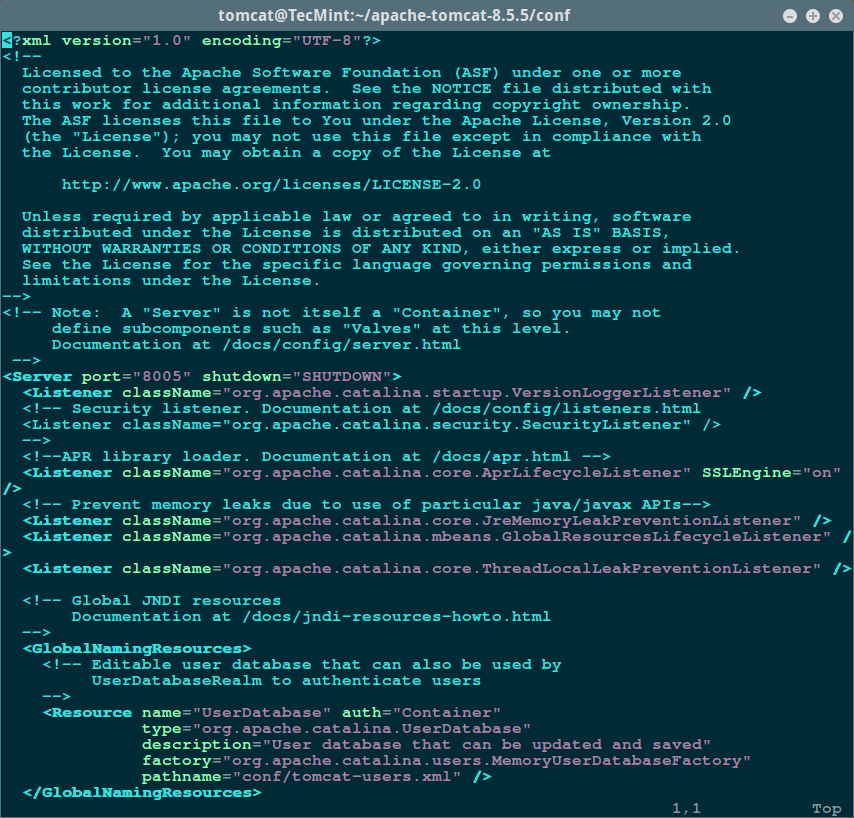

To ensure that the certificate is a valid proof of identity, SSL contacts a trusted third party server specified in the certificate, called a Certificate Authority (CA). SSL provides this proof by requiring that one or more of the parties present a digital certificate into the initial negotiation of the connection, prior to the transmission of any encrypted data. In order for public key encryption to provide secure communication, one more more of the communicating parties must have some way of proving to the other that they are, in fact, who they claim to be.

SSL's answer to the second question is also part of the answer to the first question. The encryption and decryption is accomplished through a method called "public key encryption." Before transmitting any data, the sender encrypts its message, and the receiver must in turn decrypt the message before processing it. SSL's answer to the first question is encryption. How can one (or more) of the parties involved prove that they are actually the entity we want to grant the ability to decrypt our encrypted transmission?.How can we securely transmit data between two parties in such a way that only the two parties can read it?.The SSL protocol aims to provide solutions to two simple security problems: If you already know all this stuff and are just looking to get SSL working with Apache Tomcat, click here to jump to a step-by-step configuration guide. Try Tcat today! How SSL Worksīefore we start configuring Tomcat to use SSL, it will help to understand why the SSL protocol was created, and how it works. Create the correct configuration a single time, save it to a server profile, and apply it to other instances (or groups of instances) with a single click. Tcat eliminates tedious configuration tasks. From an overview of how the protocol actually works, to clear, simple configuration instructions, this guide will help you get SSL running on your server in no time. The bad news is that the configuration process and SSL itself can be a little confusing for first-time users.ĭon't worry! To help you get SSL working with your Tomcat servers, we've assembled a simple, comprehensive, step-by-step guide to using SSL with Tomcat. The good news is that Tomcat fully supports the SSL protocol. If you're using Apache Tomcat, chances are that at least some of the data you're handling is sensitive, and SSL is an easy way to offer your users security.

SSL is one of the most common ways of integrating secure communication on the internet, as it is a mature protocol that is well-supported by every major browser and a number of well-respected organizations provide third party SSL authentication services. Technically, the term "SSL" now refers to the Transport Layer ouSecurity (TLS) protocol, which is based on the original SSL specification. Secure Socket Layer (SSL) is a protocol that provides security for communications between client and server by implementing encrypted data and certificate-based authentication.

A Simple Step-By-Step Guide To Apache Tomcat SSL Configuration


 0 kommentar(er)
0 kommentar(er)
